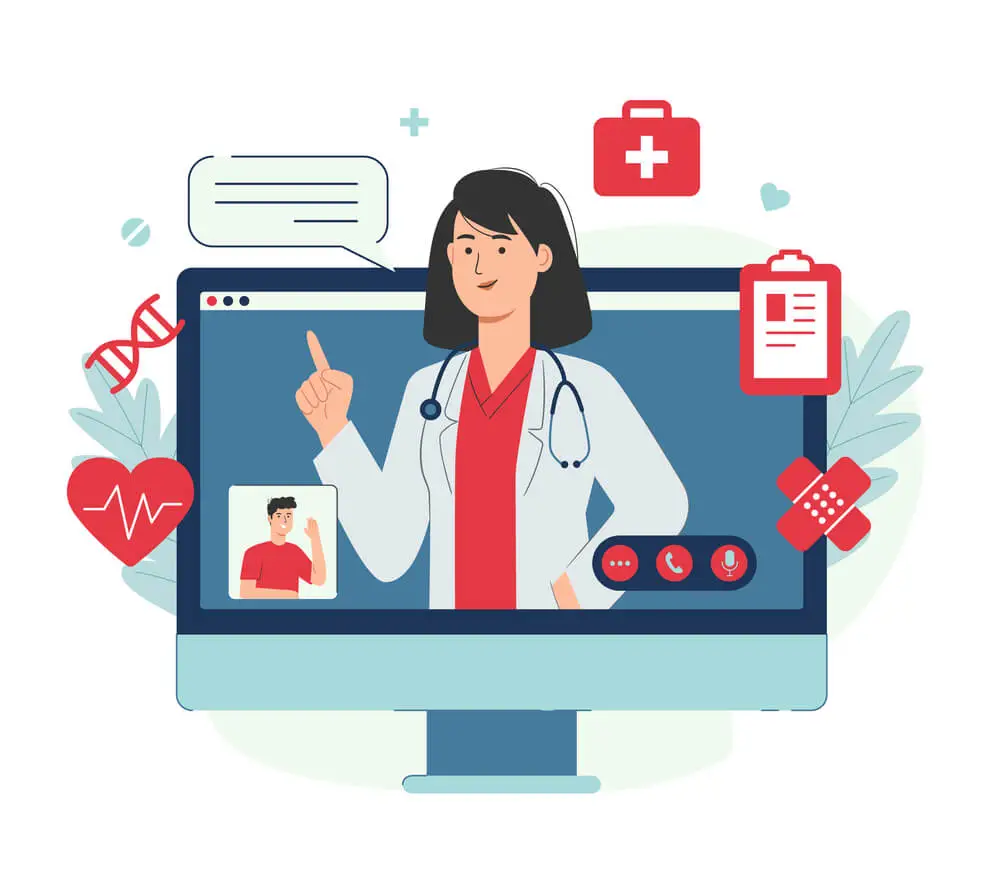Your First Therapy Session: Paperwork and Pressure or a Personal AI for Therapy?
That first step into a therapist's office, whether physical or virtual, is a monumental act of courage. But what greets you on the other side? For many, it's a daunting process of forms, questions, and the immense pressure to "get it right." What if there was another way to dip your toes into the waters of self-discovery? The landscape of mental health support is evolving, offering a new choice: the traditional human-led intake session versus an initial conversation with a personal AI for therapy. This isn't about declaring a winner, but about providing a candid comparison to help you decide which starting point feels right for your unique journey.
The Traditional First Session: A Necessary Hurdle
Walking into a traditional first therapy session often feels like a clinical interview. The primary goal is "intake"—a structured process where the therapist gathers your history, assesses your current state, and begins formulating a treatment plan. You'll likely face:
- Extensive Paperwork: Forms covering personal history, family mental health, medical background, and consent for treatment.
- The "Why Are You Here?" Question: The moment you must articulate your pain, often to a stranger, which can be incredibly vulnerable.
- Assessment and Diagnosis: The therapist uses their expertise to identify patterns and potentially provide a preliminary diagnosis.
- Goal Setting: You'll work together to outline what you hope to achieve through therapy.
This process is invaluable. It builds the foundation for a trusted therapeutic alliance. As the American Psychological Association notes, a strong client-therapist relationship is one of the most significant predictors of successful outcomes. However, the pressure to perform, the fear of judgment, and the clinical nature can be barriers for those already struggling.
The Rise of the Online Therapist AI: A Different Kind of First Session
Now, imagine a first session with no waiting room, no forms, and no appointment time. This is the reality of engaging with an online therapist AI. Instead of a structured intake, your initial interaction is a conversation. You simply start typing about what's on your mind. The AI, designed with therapeutic principles, listens without judgment and responds with reflective questions and evidence-based techniques.
The key differences in this approach include:
- Immediate Accessibility: You can access support the moment you need it, at 2 PM or 2 AM.
- Zero Social Anxiety: There is no fear of being judged by a human being, which can encourage more radical honesty.
- A Lower Stakes Environment: It feels more like journalling or conversing than being assessed, reducing the pressure to "have it all figured out."
For those curious but hesitant, you can always try our free AI therapist to experience this low-pressure introduction to therapeutic conversation.
5 Key Differences: Intake Session vs. AI First Chat
Let's break down the experience into tangible comparisons to clarify your options.
1. The Environment: Clinical Office vs. Your Personal Space
Traditional: The therapy office is a controlled, professional environment designed for privacy and focus. This can be comforting for some but intimidating for others.
AI Therapy: The environment is wherever you are—your bedroom, your phone during a lunch break, your couch. This familiarity can make it easier to open up initially.
2. The Pace: Structured vs. On-Demand
Traditional: Sessions are typically 45-50 minutes, once a week, at a scheduled time. The pace is set by the appointment book.
AI Therapy: Conversations can last for 5 minutes or 50. You control the pace, allowing you to process things in real-time as emotions arise. This is a core benefit of a personal AI for therapy—it adapts to your rhythm.
3. The Goal: Assessment vs. Exploration
Traditional: The primary goal of the first session is assessment and diagnosis to create a treatment plan.
AI Therapy: The goal is often immediate emotional support and exploration. It helps you untangle your thoughts without the immediate pressure of a diagnosis. It's a tool for clarification before you potentially find therapists near you for long-term work.
4. The Cost Barrier: Investment vs. Accessibility
Traditional: Therapy is a financial commitment, with intake sessions often costing as much as, or more than, a standard session. Insurance can help, but copays and deductibles apply.
AI Therapy: Many platforms offer a free AI therapy tier or a very low-cost subscription, removing a significant barrier to entry for millions.
5. The Record Keeper: Clinical Notes vs. Private Journal
Traditional: Therapists take notes for their professional records, which are protected by confidentiality laws.
AI Therapy: Your conversation history acts as a searchable, private journal of your emotional state and progress, which you can review to identify patterns over time.
Actionable Tips for Your First Session, Whichever You Choose
To make the most of your first step, here is some universal advice:
- Be Honest, Not "Good": You are not there to impress anyone. The more authentic you are, the more effective the support will be, whether from a human or an AI.
- Jot Down Notes Beforehand: Worried you'll forget something? Write down key points, feelings, or questions you want to address.
- It's Okay to Be Nervous: Acknowledge the feeling. Any good therapist—human or AI—will meet you with empathy and understanding.
- Ask Questions: In traditional therapy, ask about their approach, experience, and confidentiality. With an AI, you can ask about its training, data privacy, and limitations.
For more preparation resources, the National Institute of Mental Health offers excellent guides on choosing a mental health professional.
Frequently Asked Questions
Is a personal AI for therapy a replacement for a human therapist?
No, and it's not designed to be. Think of it as a complementary tool. It's excellent for initial exploration, ongoing support between sessions, and building healthy mental habits. For complex trauma, diagnosis, and severe conditions, the expertise of a licensed human professional is essential.
How do I know if I should start with an online therapist AI or a human?
Consider starting with an AI if you feel hesitant, want to understand your feelings better before "official" therapy, need immediate support, or have financial constraints. Choose a human therapist first if you have a specific, complex issue, prefer human connection, or have been diagnosed with a serious mental health condition.
Is free AI therapy really private?
Reputable platforms prioritize your privacy. Always review their privacy policy. Your data should be encrypted, and you should understand how it is used. For a broader understanding of mental health rights and privacy, Mental Health America provides valuable resources.
Can an AI actually understand human emotion?AI therapists are not sentient; they don't "feel" empathy. However, advanced natural language processing allows them to recognize emotional cues in your writing and respond with clinically validated, empathetic frameworks that can provide genuine comfort and perspective.
Finding Your Path Forward
The journey to better mental health is not one-size-fits-all. The traditional intake session offers the profound benefit of human connection and expert diagnosis, while a personal AI for therapy provides a judgment-free, accessible space for initial exploration and continuous support. For many, the ideal path is a blend of both—using an online therapist AI to build self-awareness and emotional resilience, which then enriches their work with a human therapist.
Whether you begin by trying our free AI therapist to organize your thoughts or you're ready to browse our therapist directory for a professional match, the most important step is the first one. Your mental well-being is worth exploring through every tool available. Start your mental health journey today, on your own terms.
For more insights and support, feel free to explore our mental health blog or discover engaging therapy games to supplement your growth.

